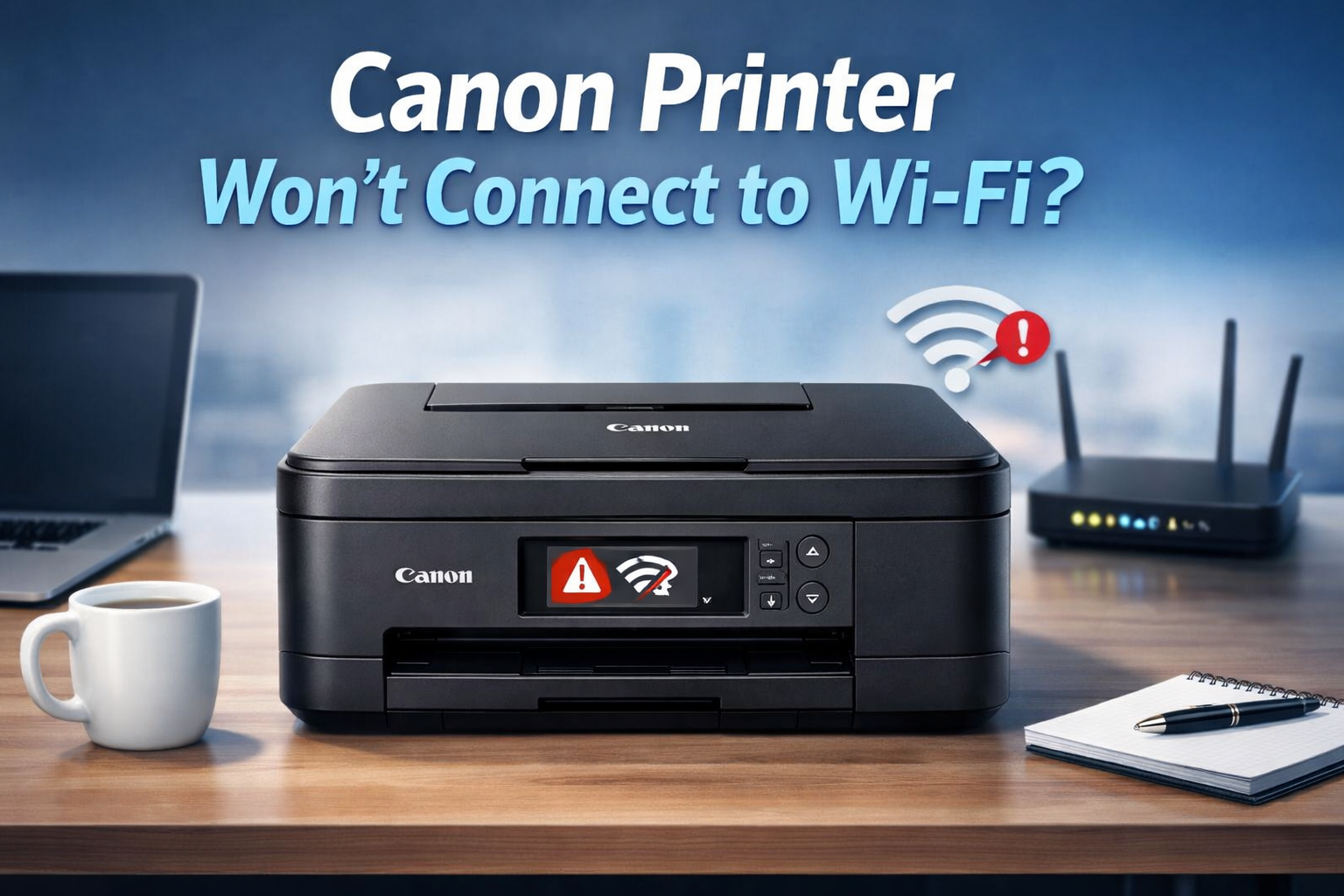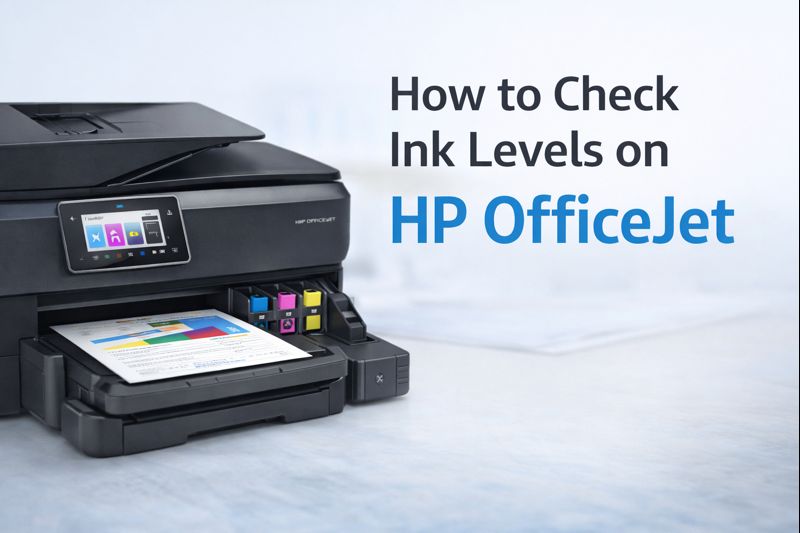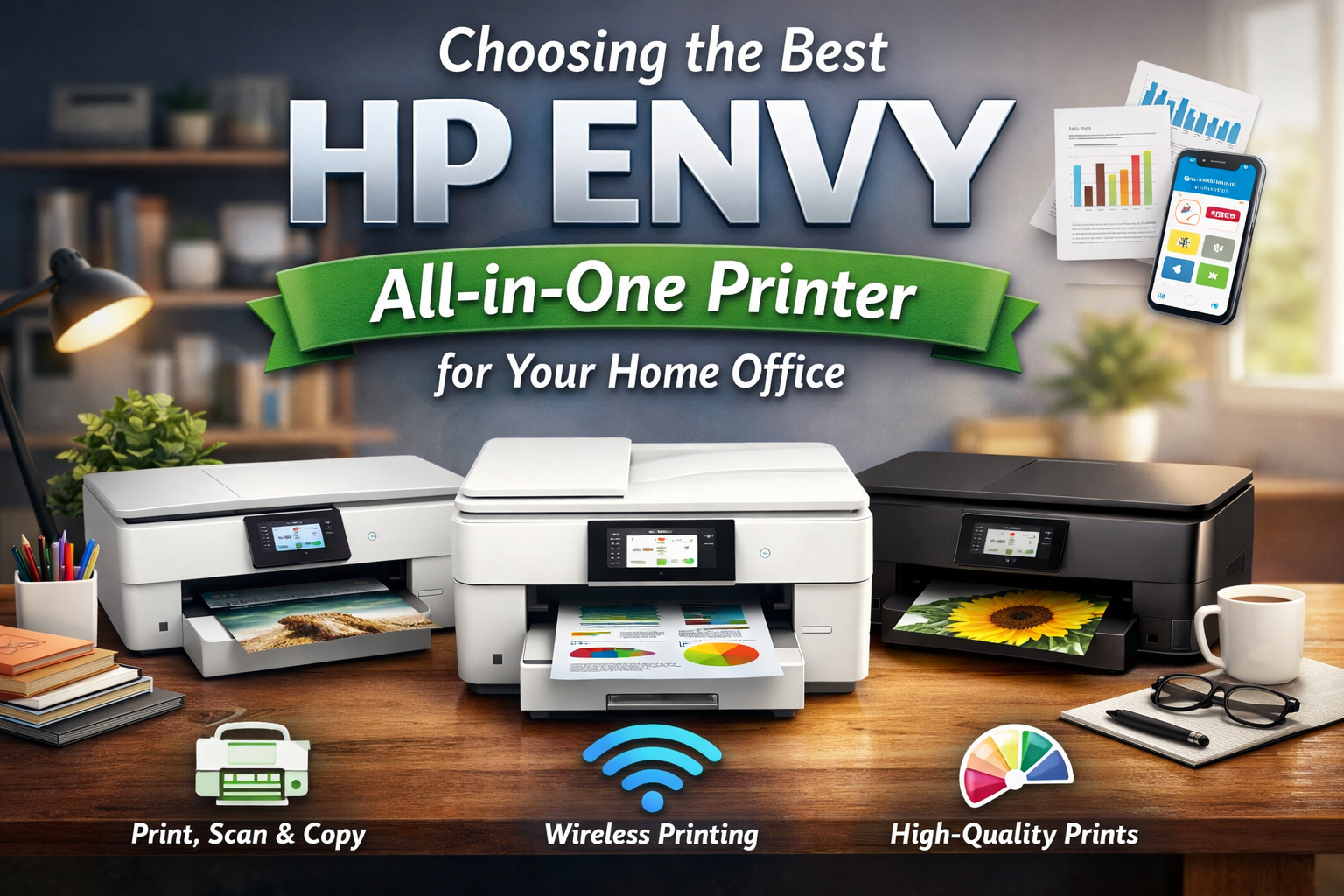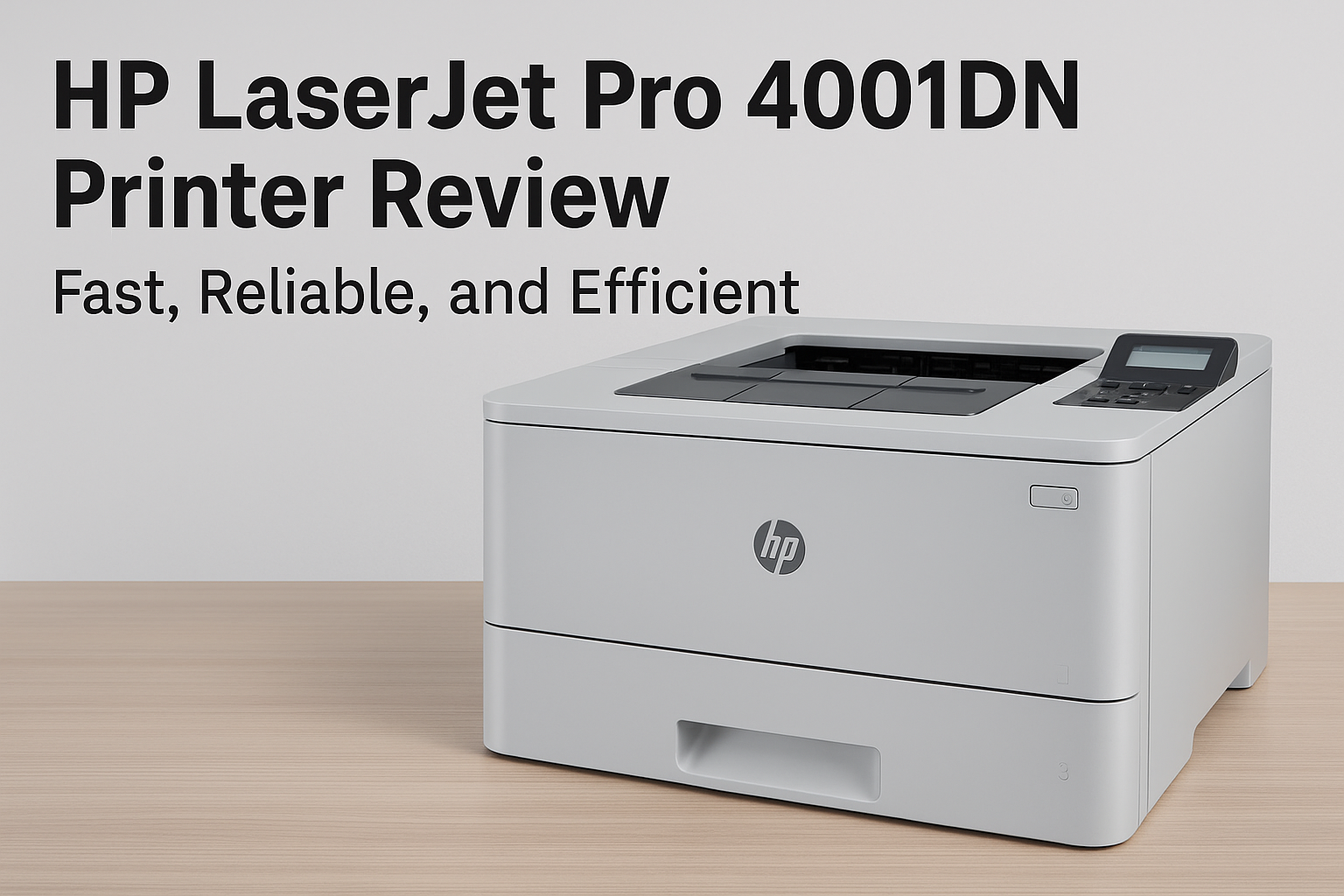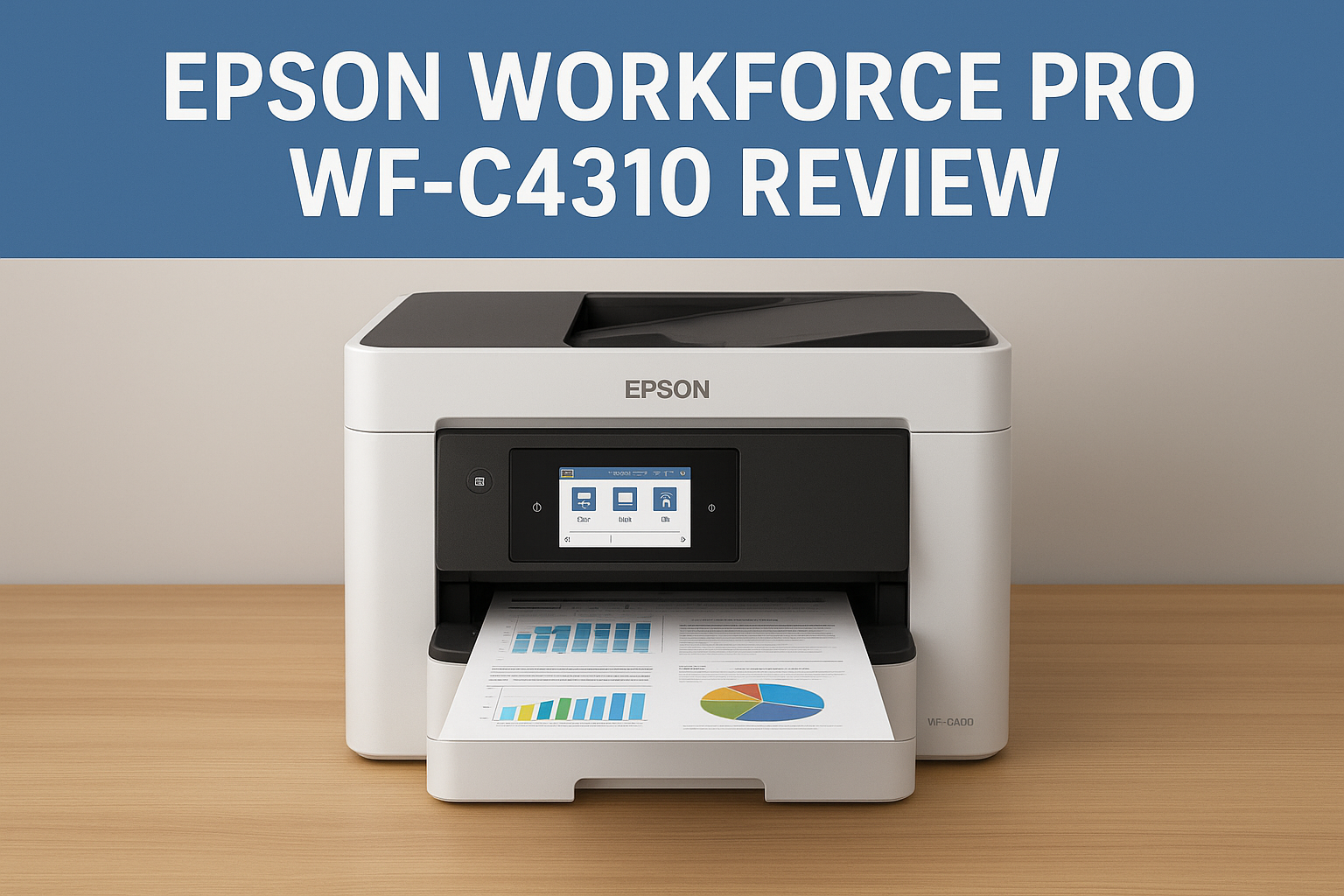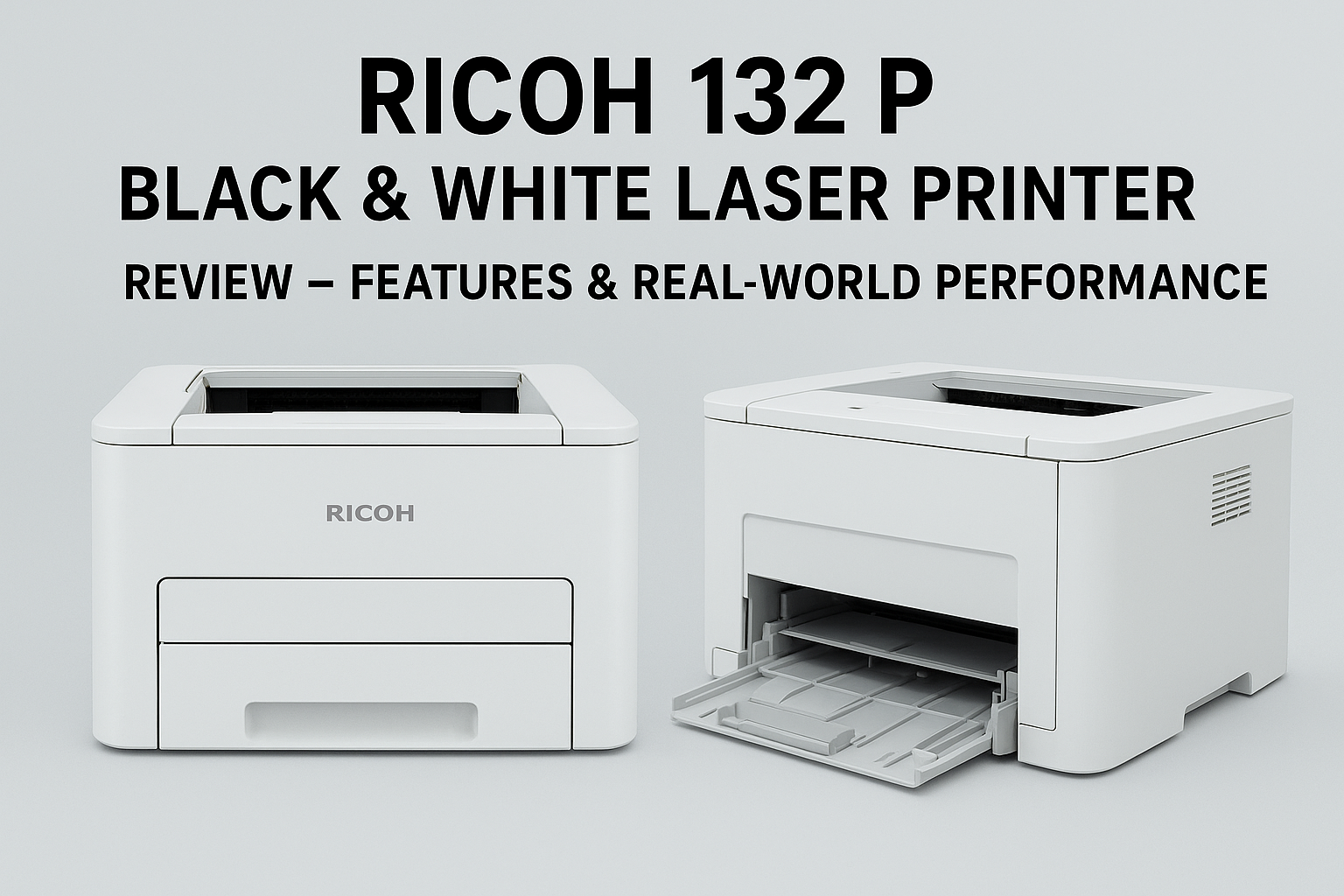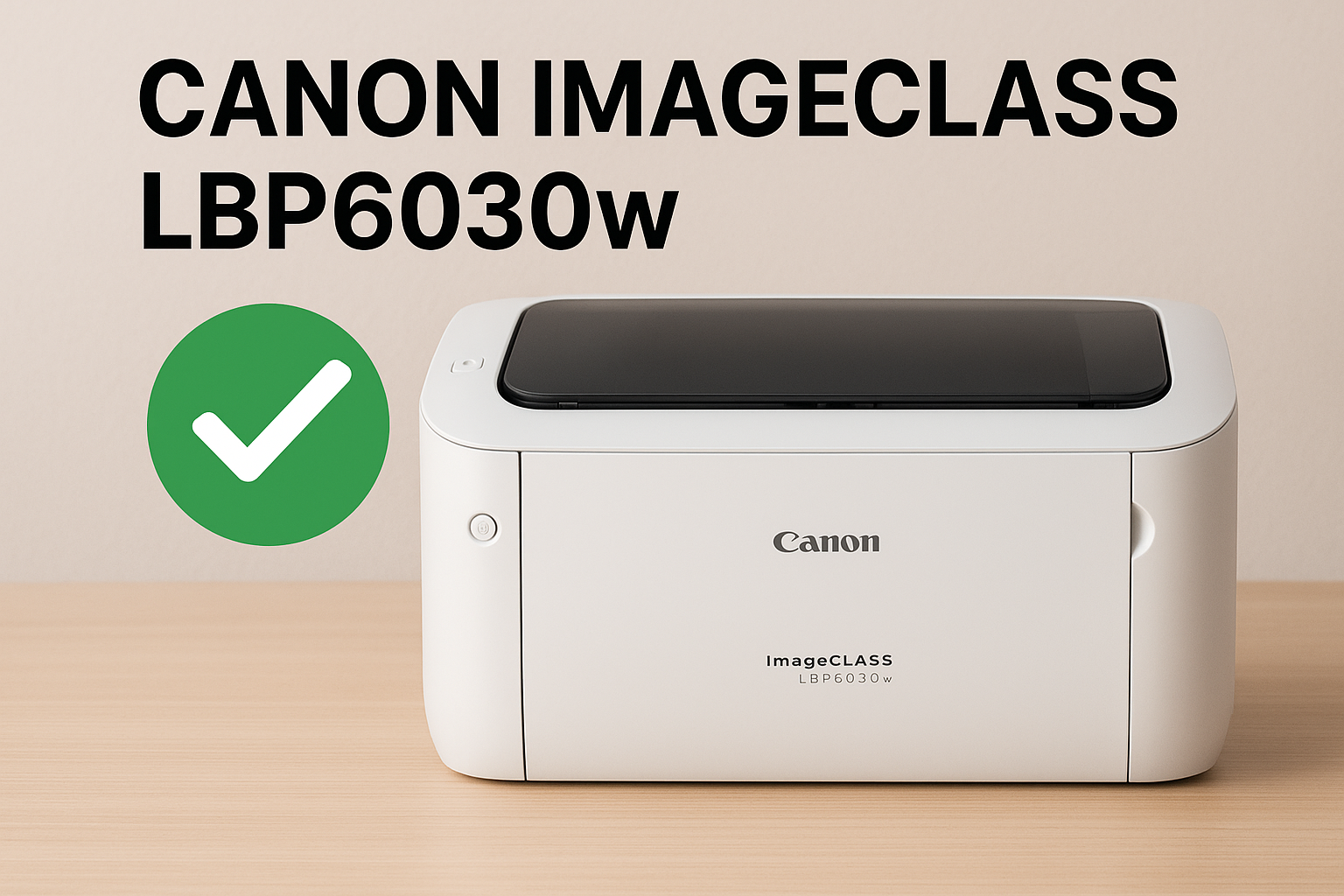10 Questions to Ask When Buying a New Office Printer
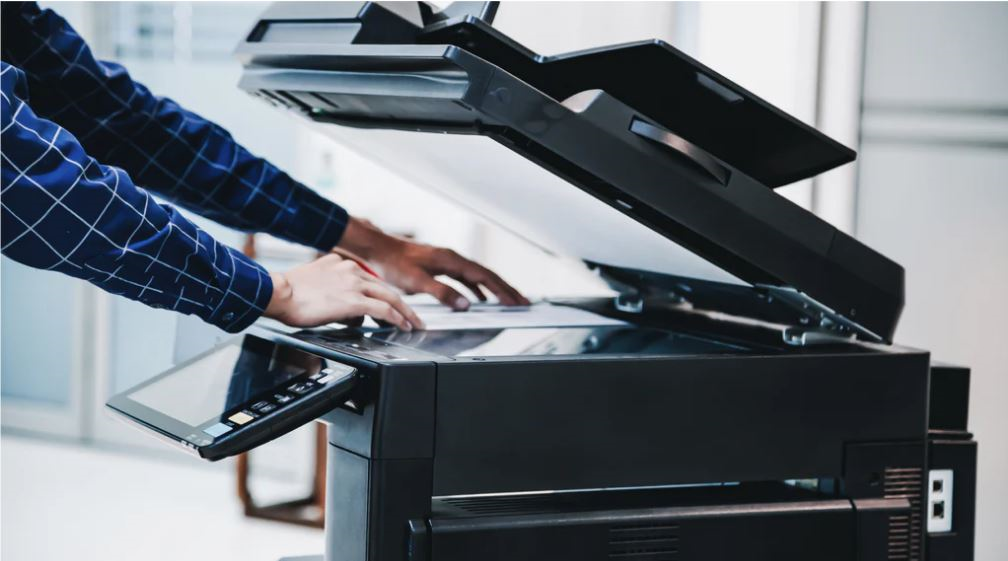
1. What Are My Printing Needs?
The first step in choosing the best office printer is understanding your specific needs. Consider the volume of printing you do daily, weekly, and monthly. Do you need a printer that handles high-volume printing, or will a basic model suffice? Knowing your requirements helps narrow down the options and ensures you pick a printer that can handle your workload.
2. What Type of Printer Should I Choose?
There are different types of printers, including inkjet, laser, and all-in-one printers. Inkjet printers are great for printing high-quality photos and documents, while laser printers are more efficient for high-volume printing. All-in-one printers combine printing, scanning, copying, and faxing in one device, making them ideal for multitasking.
3. What Is the Cost of Consumables?
When buying a new office printer, it's essential to consider the cost of consumables like ink or toner cartridges and paper. Some printers may have a low initial cost but expensive consumables, leading to higher long-term costs. Look for printers with affordable and readily available consumables to keep your operating expenses low.
4. How Fast Is the Printer?
Print speed is a critical factor, especially if you need to print large documents quickly. The speed is usually measured in pages per minute (PPM). Ensure the printer you choose has a high PPM rate to keep up with your office's printing demands. Fast printers increase productivity and reduce waiting times.
5. What Is the Print Quality?
Print quality is crucial for producing professional-looking documents. Look at the printer's resolution, measured in dots per inch (DPI). Higher DPI means better print quality. If your office needs to print high-resolution images or detailed graphics, choose a printer with a higher DPI.
6. Does It Support Wireless Printing?
Wireless printing is a convenient feature that allows you to print from multiple devices without connecting cables. Check if the printer supports Wi-Fi, Bluetooth, or mobile printing options like Apple AirPrint or Google Cloud Print. Wireless printers enhance flexibility and ease of use in a busy office environment.
7. What Is the Duty Cycle?
The duty cycle refers to the maximum number of pages a printer can print in a month without experiencing issues. Ensure the printer's duty cycle meets or exceeds your office's printing needs. A printer with a higher duty cycle is more durable and reliable for heavy use.
8. Are There Any Additional Features?
Modern printers come with various additional features like automatic duplexing, scanning, faxing, and touchscreen interfaces. These features can enhance your office's productivity and efficiency. Decide which additional features are necessary for your office to avoid paying for features you don't need.
9. What Are the Connectivity Options?
Consider the connectivity options of the printer. Besides wireless connectivity, check if it has USB, Ethernet, or SD card slots. Multiple connectivity options ensure the printer can integrate seamlessly with your office's existing setup and accommodate various devices.
10. What Is the Total Cost of Ownership?
Finally, consider the total cost of ownership (TCO). This includes the initial purchase price, the cost of consumables, maintenance, and energy consumption. A cheaper printer may have higher running costs, while a more expensive printer may offer better efficiency and lower long-term costs. Evaluate the TCO to ensure you get the best value for your investment.
Conclusion
Choosing the right office printer involves careful consideration of various factors. By asking these 10 questions, you can ensure you select a printer that meets your needs, fits your budget, and enhances your office's productivity. Remember to consider your printing needs, the type of printer, consumable costs, print speed, quality, wireless printing, duty cycle, additional features, connectivity options, and total cost of ownership. This comprehensive approach will help you make an informed decision and invest in a printer that serves your office well for years to come.
